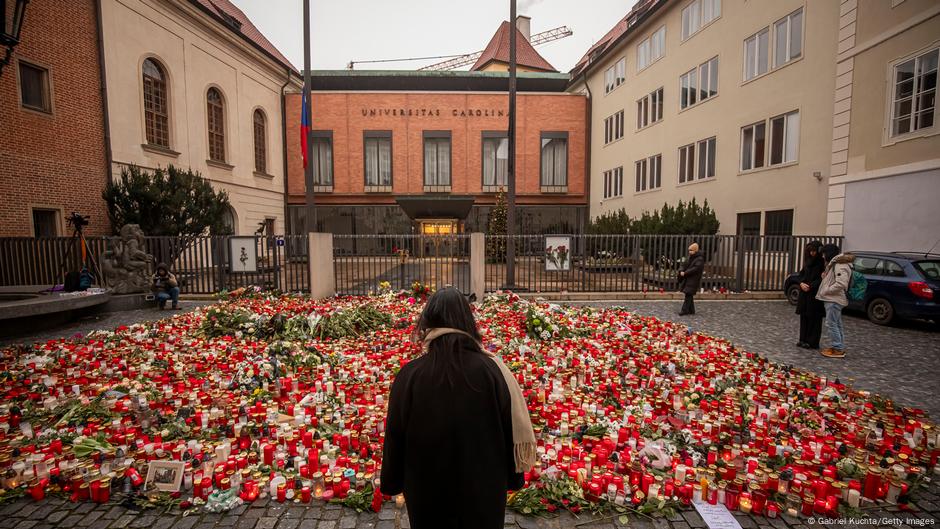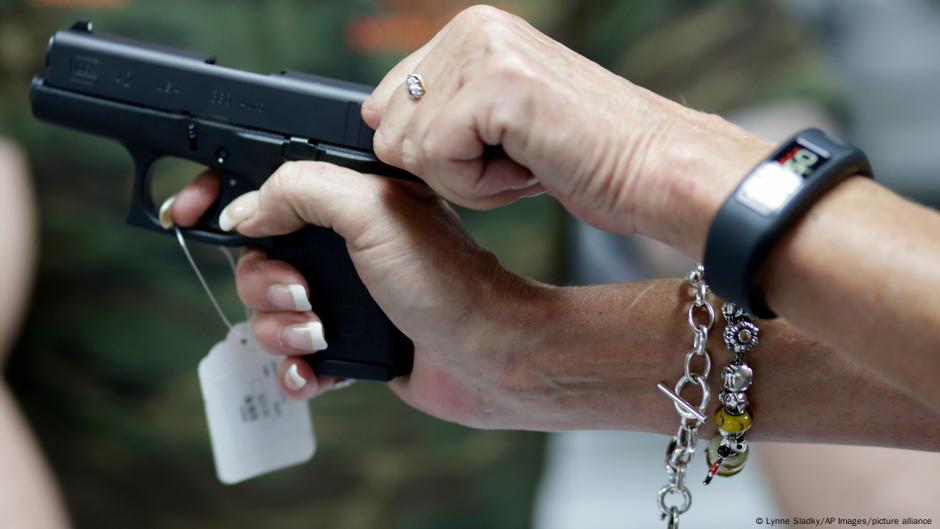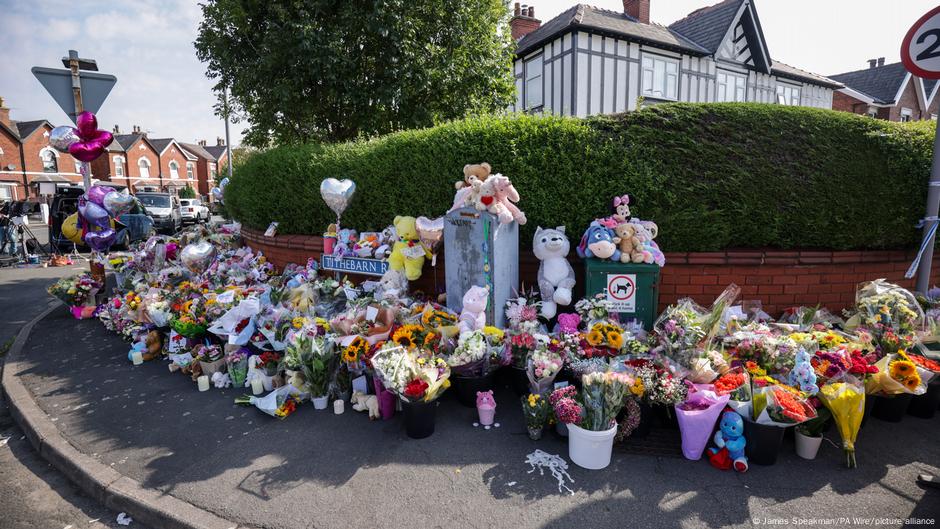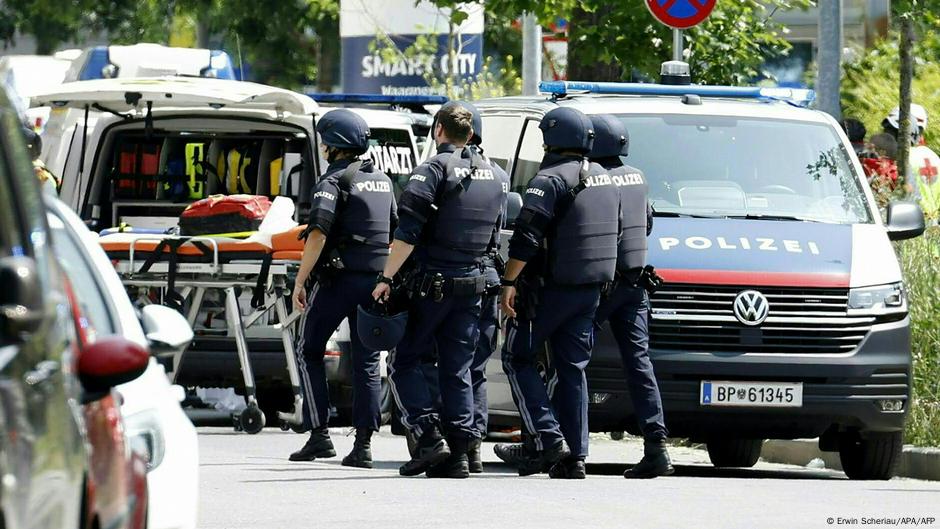Mass shootings at schools, universities and youth centers remain rare in Europe compared to the US. In recent decades, European governments have tightened gun laws in response to shootings.
A school shooting in the Austrian city of Graz has left at least 10 people dead, marking the deadlist incidet of its kind in the country in recent decades. The tragedy has shocked Austria, where firearm violence in educational settings is rare.
According to public broadcaster ORF, there have been four recorded incidents involving fireamrs at Austrian schools since 1993. None, however, resulted in more than one fatality — excluding the perpetrator — until now.
Similar incidents on school or college campuses have occured elsewhere in Europe over the last few decades — several of which led to policy shifts.
High profile school shootings in Europe
When a shooter killed 16 children, aged between five and six, in the Scottish town of Dunblane in 1996, the UK government swiftly banned private ownership of handguns.
German lawmakers raised the age limit for gun ownership
and mandated random spot checks on gun owners to ensure they were storing guns according to regulations after mass shootings in the 2000s.
In 2002, expelled
19-year-old student Robert Steinhäuser opened fire at a school
in Erfurt, killing 12 teachers, two students, a secretary and a policewoman, before killing himself. Then seven years later in the town of Winnenden, in southern Germany,
a 17-year-old shot and killed 15 students, teachers and passers-by
inside and near his former school. He was later killed in a shoot-out with police.
In Serbia, authorities introduced spot checks at gun-owners’ homes and launched an
amnesty for unregistered firearms
after a
13-year-old boy gunned down eight of his fellow pupils
and a security guard at a primary school in the middle-class Belgrade district of Vracar in May 2023. The suspect was arrested soon after.
And in December of the same year,
a 24-year-old student killed 14 people at a university in Prague
with a gun he legally owned. The gunman was killed at the scene, possibly by one of his own bullets.
Czech lawmakers are now in the process of tightening firearms laws
, according to reporting by the Associated Press.

Far fewer school shootings than the US
Massacres in schools or education settings remain rare in Europe compared to the United States. Though no direct comparison data on schools is available, research by the Rockefeller Institute of Government shows the US has suffered far more “public mass shootings” than countries with similar levels of economic development.
Such incidents are defined by the New York-based think tank as involving “at least some victims who were targeted at random and/or for their symbolic value,” excluding cases of state-sponsored violence or organized terrorism.
According to their research, 109 such incidents were recorded in the US between 2000 and 2022, compared to six in France, five in Germany, three in Finland, and two in the UK, Austria, Italy, the Netherlands and Switzerland during the same time period.
“While there are a multitude of factors contributing to these attacks, studies find the higher rate of public mass shootings in America is associated, at least in part, with less restrictive firearm laws and higher rates of civilian firearm ownership relative to many other countries,” criminologist Jason R. Silva wrote in a research blog for the institute last year.

In the European Union, the bloc’s central executive inBrussels sets minimum regulations on owning and using guns across its 27 member states, which include Austria and Germany. National governments can choose to beef up the baseline rules with tougher measures.
Though rates vary across Europe, the number of guns remains substantially lower than in the US. According to the Small Arms Survey, there were an estimated 120.5 civilian firearms per 100 people in the US in 2017. That figure was 4.6 in England and Wales, and 19.6 in both France and Germany. The estimate for Austria was 30 per 100 people, while Serbia ranked highest in Europe at 39.1.

Deadly knife attacks also claim children’s lives in Europe
Though shootings remain rare in Europe, knife attacks at schools are more common. France has seen a spate of school stabbings in recent years, including a teaching assistant who was
stabbed to death by a student in northeastern France
on Monday.
In October 2023, a man who was under surveillance for suspected Islamist radicalization
stabbed a teacher to death at the school
he previously attended in the Northern French town of Arras — according to reporting by
Le Monde
newspaper. And in a case which shocked France in 2020, an
18-year-old beheaded French teacher Samuel Paty
outside his school near Paris.
In the UK,
riots took place in multiple cities across the country
last year after false information spread online about a
17-year-old who stabbed three girls aged six to nine to death
at a dance class in Southport.
And in Germany,
state prosecutors charged a 17-year-old with four counts of attempted murder
after a knife attack at a high school in the city of Wuppertal in February.
A knife-wielding
attacker killed a seven-year-old child and injured several others
at a primary school in the Croatian capital Zagreb last December, while a student and a teacher were stabbed to death at a secondary school in northern Slovakia in January of this year.
Author: Rosie Birchard (in Brussels)











